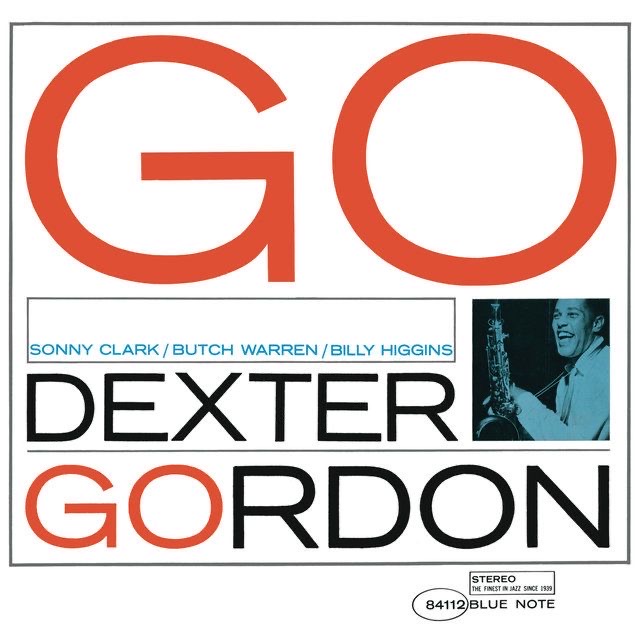Dive into the Power & Passion of ‘Tenor Madness
In the vast panorama of jazz, Sonny Rollins’ “Tenor…
Dexter Gordon’s album “Go” is a classic of modern jazz music, recorded on August 27, 1962, at Van Gelder Studio in Englewood Cliffs, New Jersey, for Blue Note Records. The album was a critical and commercial success, and is widely regarded as one of the greatest jazz albums of all time. As I listened to the album again today, I was struck by its timeless quality and its ability to transport the listener to a different time and place.

The musicians who recorded “Go” were all virtuosos in their own right, and their individual contributions to the album are part of what makes it so special. Joining Dexter Gordon on tenor saxophone were Sonny Clark on piano, Butch Warren on bass, and Billy Higgins on drums. These musicians were not just playing together; they were creating something special and magical that would leave an indelible mark on the jazz world.
Dexter Gordon’s story is an interesting one. After twelve years away from New York, he returned to the city in May of 1961 to record two albums for Blue Note, “Doin’ Allright” and “Dexter Calling”. Both albums were well-received, and Gordon’s return to the jazz scene was met with enthusiasm from critics and fans alike. A year later, he made the move back to New York permanently, playing gigs around the city and building a strong reputation as one of the top tenor saxophonists of his time.
One of the things that makes “Go” such a special album is the chemistry between the musicians. Sonny Clark’s piano playing is both delicate and strong, providing the perfect foundation for Gordon’s saxophone solos. Butch Warren’s bass playing is rock-solid and provides a strong foundation for the rhythm section, while Billy Higgins’ drumming is masterful, driving the music forward with precision and energy.
The album kicks off with “Cheese Cake”, a minor-key tune that sets the tone for the rest of the album. Gordon’s saxophone playing is strong and confident, soaring over the top of the rhythm section with a sense of power and grace. On “I Guess I’ll Hang My Tears Out to Dry”, Gordon’s playing is tender and emotional, displaying his ability to convey a wide range of emotions through his instrument.
“Second Balcony Jump” is a standout track, featuring a strong, swinging rhythm section and some impressive solos from all the musicians. Butch Warren’s bass playing is particularly noteworthy on this track, providing a solid foundation for the rest of the band to build upon. “Love for Sale” is another standout, with Gordon’s saxophone playing leading the way over a Latin-inspired rhythm section.
“Where Are You?” is a lovely ballad that showcases Dexter’s ability to communicate emotion through his playing. The song is a perfect example of his ability to create a sense of intimacy and warmth with his saxophone playing. The album closes with “Three O’Clock in the Morning”, a playful tune that features some witty quotes from other songs and a strong, swinging rhythm section that keeps the music moving forward.
The impact of “Go” upon its release was immediate and profound. The album was widely praised by critics and quickly became a best-seller. It helped to establish Dexter Gordon as one of the top tenor saxophonists of his time and cemented his reputation as a jazz icon. Today, the album is viewed as a classic of modern jazz, and its influence can be heard in the playing of countless jazz musicians around the world.
In conclusion, “Go” is a timeless album that showcases the talents of some of the greatest jazz musicians of their time. The chemistry between the musicians is undeniable, and their ability to create something special and magical is what makes this album so great.